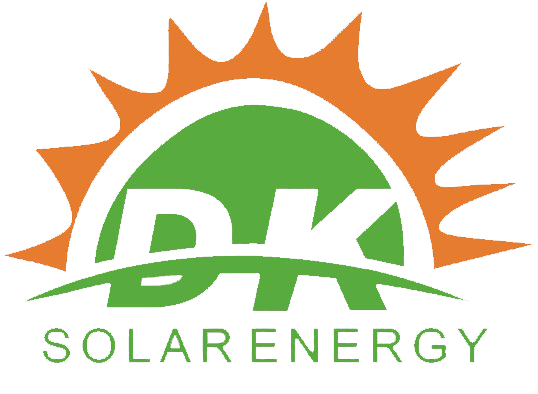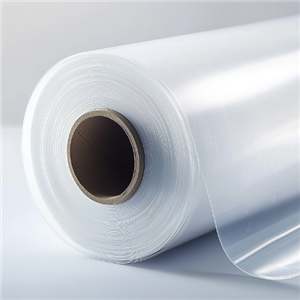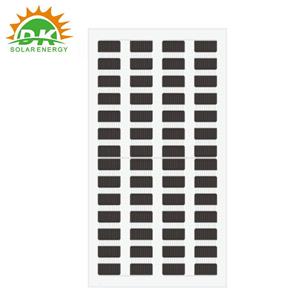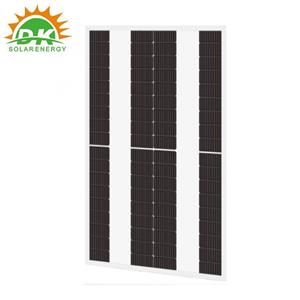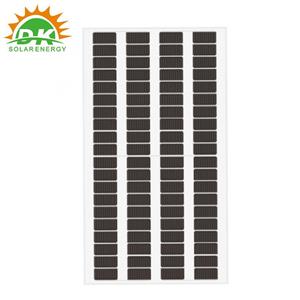-
2811-2025
Perovskite Module Mass Production Efficiency Surpasses 22%
Perovskite PV modules have achieved a 22% mass production efficiency, on par with crystalline silicon modules. Single-junction and perovskite/crystalline silicon tandem technologies advance in parallel, with the latter’s R&D efficiency hitting 34.85%. China has built multiple GW/100MW-level production lines, with 50MW sales expected in 2025. Its low cost and flexibility suit BIPV, with 20GW global shipments projected by 2030.
-
1807-2025
Bright Market Prospects for Greenhouse Solar Modules, Facilitating Synergistic Development of Agriculture and Energy
Greenhouse solar modules show bright prospects. With strong demand, they solve energy issues in agriculture. Technological innovations like spectral filtering boost efficiency. Policy support drives growth, aiding energy transition and agricultural development.
-
0502-2025
Solar New materials for solar cells bring new hope?
Perovskite is a material with a unique crystal structure. As a representative of the third-generation solar cells with low cost and high photoelectric conversion efficiency, perovskite solar cells have great application potential.
-
1810-2024
Photovoltaic development trends in 2024
-
1109-2024
The effect of Photovoltaic Welding Strips on Solar Module
Solar PV ribbon are an important part of every mainstream solar panel for interconnecting solar cells and providing connection with junction boxes The photovoltaic wire is a tin-plated copper strip with a width of 1-6mm and a thickness of 0.08-0.5 mm and a coating thickness of 10-30 μ m .
-
1906-2023
Xindongke energy rooftop solar panels for the Germany market.
Rooftop solar panels are photovoltaic (PV) panels that are installed on the roofs of residential, commercial, and industrial buildings to capture and convert sunlight into usable electricity. These panels consist of multiple solar cells made from semiconductor materials, typically silicon, which generate direct current (DC) electricity when exposed to sunlight.
-
3005-2023
The latest breakthrough of Chinese scientists! Here comes the paper-like solar cell.
Ultra-thin, flexible solar cells are here! Chinese researchers have developed a technology to smooth the edges of a flexible monocrystalline silicon solar cell that is as thin as paper, 60 microns thick, and can bend and fold like paper.
-
2605-2023
We are at the SNEC 2023
On May 24, the 16th (2023) International Solar Photovoltaic and Smart Energy (Shanghai) Conference and Exhibition was officially opened to the audience. On the opening day of the exhibition, ready-made goods exploded in popularity. In addition to the photovoltaic industry leaders, Tongwei, Longji, Jinko, Trina ,solarspace and so on joined, attracting more domestic and foreign exhibitors to visit.
-
1304-2023
What’s the solar panel manufacturing process?
At present, the automation degree of the new photovoltaic module production line in China is relatively high. The specific production process of the module includes: laser slicing, cells welding, stacking, lamination, framing, curing, cleaning, IV&EL testing and other links, and finally packaging into the warehouse, into the market.
-
1002-2023
What is the difference between solar photovoltaic cells and solar photovoltaic modules?
Solar photovoltaic cells (PV cells for short) are used to convert the sun's light energy directly into electricity. The ground photovoltaic system largely uses silicon solar cells based on silicon, which can be divided into monocrystalline silicon, polysilicon and amorphous silicon solar cells. The solar cell module is composed of high-efficiency crystalline silicon solar cells, ultra-white tempered glass, EVA film, transparent TPT backsheet and aluminum alloy frame. It has the characteristics of long service life, strong mechanical resistance to external force etc.
